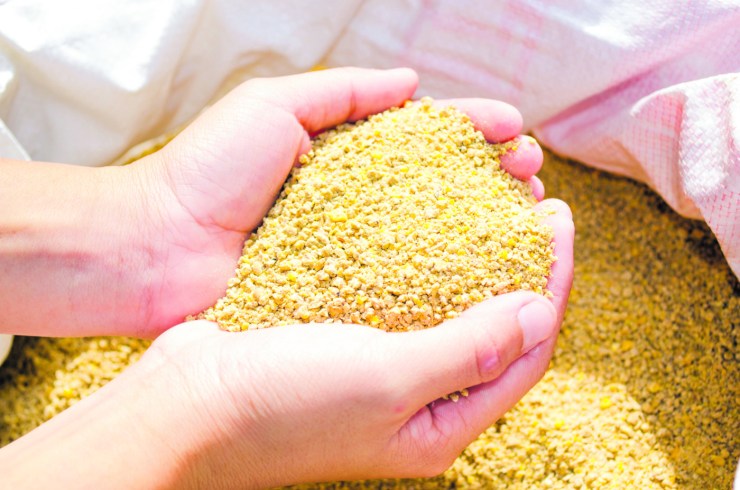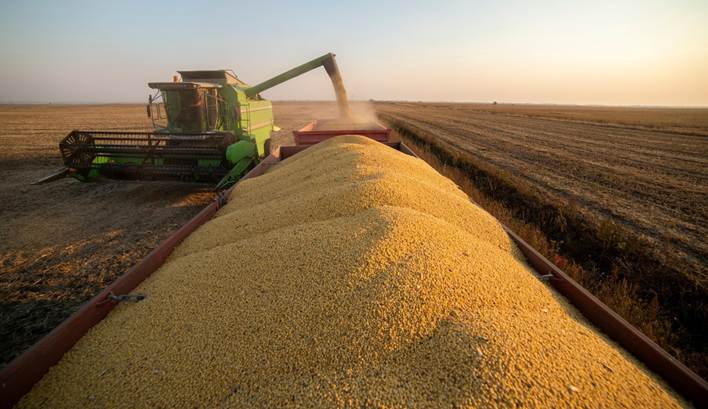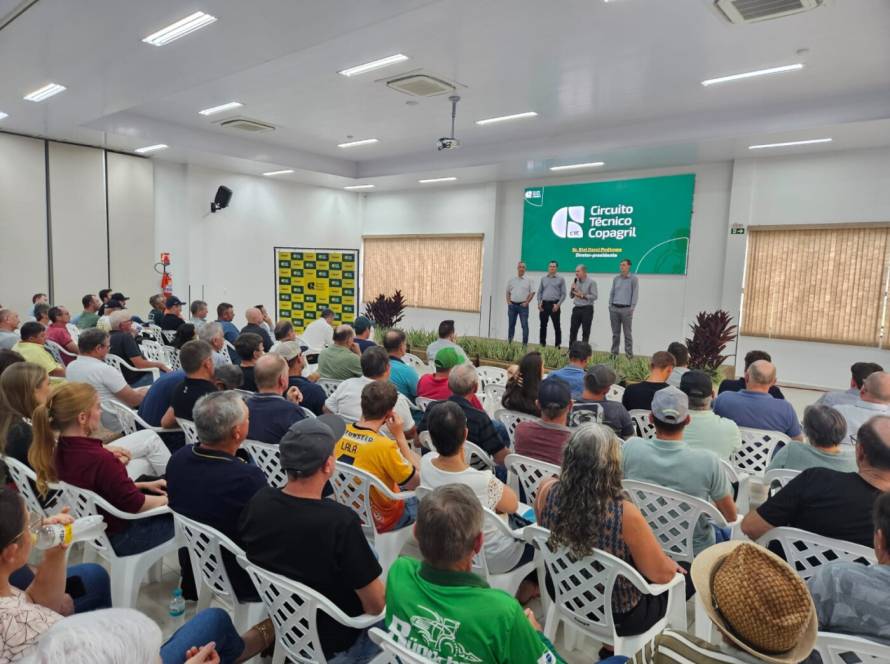Capal Cooperativa Agroindustrial has concluded the 2024/2025 soybean harvest. As of last week, some units had received the last loaded trucks, and the gross reception was within the cooperative's estimated projection: 421.3 thousand tons in the 168 thousand hectares of area assisted by Capal in the states of Paraná and São Paulo. Compared to the previous harvest, there was an increase of 23.5% in soybean productivity.

Photo: Lebna Landgraf
According to the regional coordinator of Agricultural Technical Assistance (DAT), Roberto Martins, favorable weather conditions and the staggered harvest contributed to the development and production of soybeans. “Several factors influenced the good result, especially the distribution of rainfall. We had a very interesting precipitation index, with few points of concern and, in addition, milder and more favorable temperatures than last year,” he explains.
In the southwest region of São Paulo, in cities such as Taquarivaí and Taquarituba, the weather was hotter and there was a lack of rain at the end of the harvest, but there were no losses. According to the DAT coordinator, the delivery at these units was in line with the cooperative's forecast. “It is clear that in warmer areas, where climate stress tends to be more common in years of high thermal amplitude, it ends up having greater impacts on the crops. However, this harvest, the delivery met expectations and we had positive impacts in all Units”, says Martins.
The agricultural engineer emphasizes the cooperative's commitment to technical assistance in serving rural producers and highlights the staggering in the field as a fundamental point for the good volume of soybeans received in this harvest. "Whenever the staggering is achieved, starting with planting and reflecting in the harvest, this will always be a positive point for the cooperative's receipt of the production", he points out.
Logistics and receiving

Photo: Danilo Estevao
The staggering of the harvest is a factor that also contributes to freight logistics at the units. For Carlos Faria, the cooperative's Grain Operations Coordinator, this year there was no peak in the harvest, nor a concentration of trucks in the yards due to the better distributed receipt and the structuring of the Capal team.
Aware of the challenges of logistical issues, the sales department anticipated and developed strategies to avoid any type of disruption to receiving the farmers’ production. “Fortunately, we had a stable flow, without many queues and delays. This is great from an operational point of view because we made the environment more controlled and provided more effective service to the cooperative members”, he says.
With a well-balanced harvest, daily receipts at the units were uniform, and this scenario favored the performance of operational activities. According to Faria, the units received an average of four thousand tons per day. “In general, the 2024/2025 harvest was very positive in terms of quantity and also in the excellent quality of the grains in the Capal area. We have daily contact with the producers and we noticed that they came to the cooperative, saw the yard full and were satisfied because they already recognized that this year's productivity was higher,” comments Faria.




